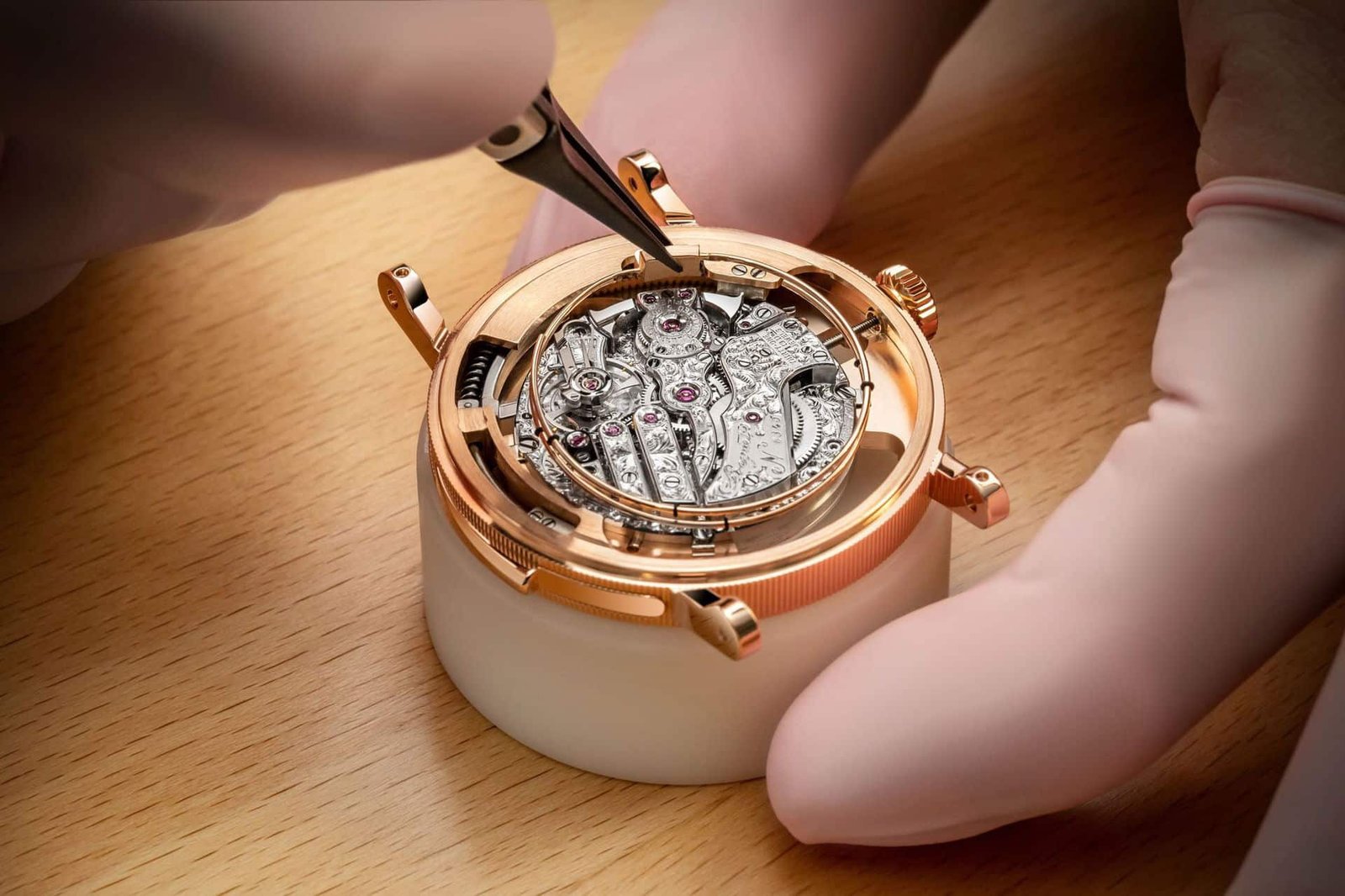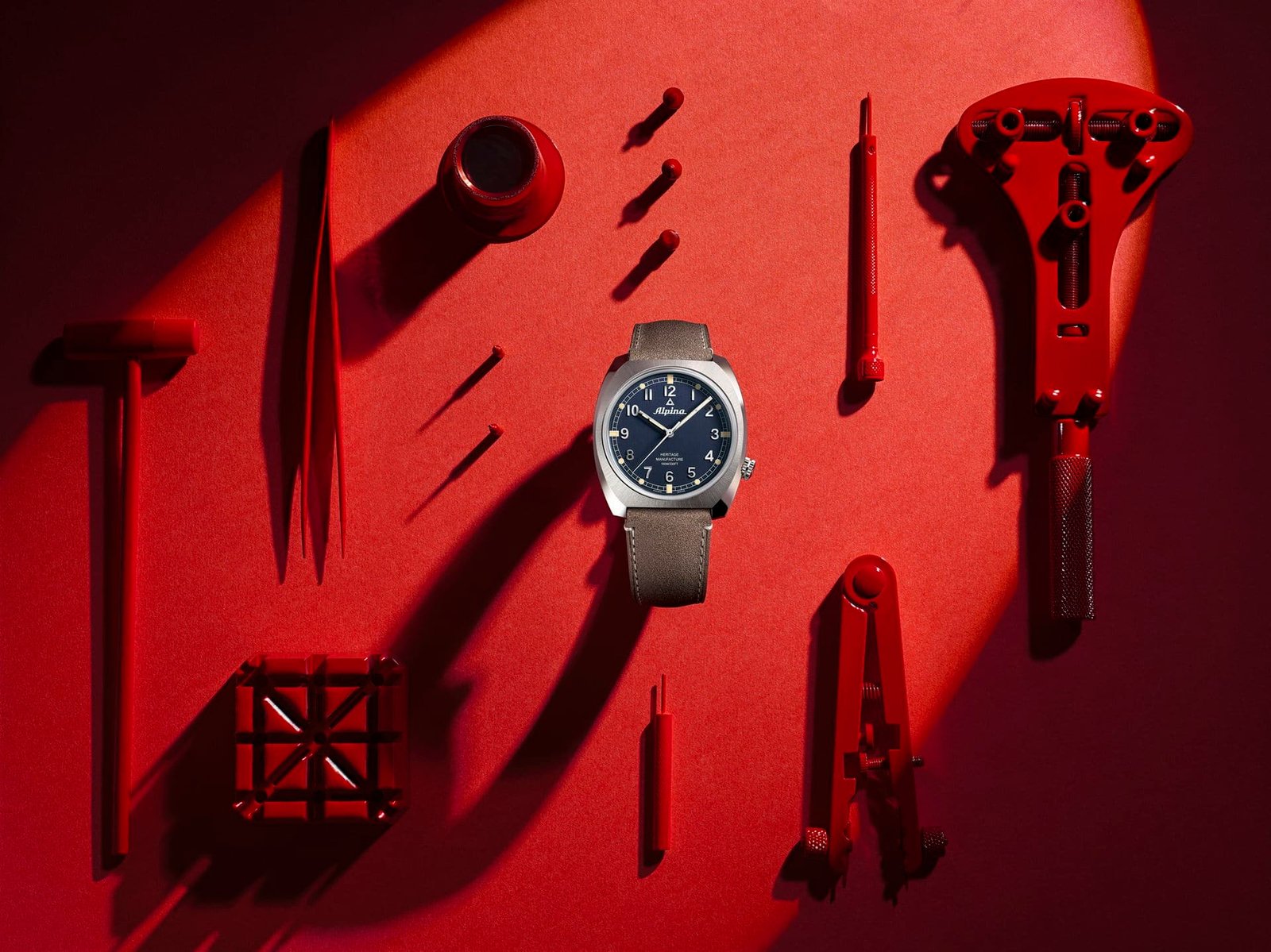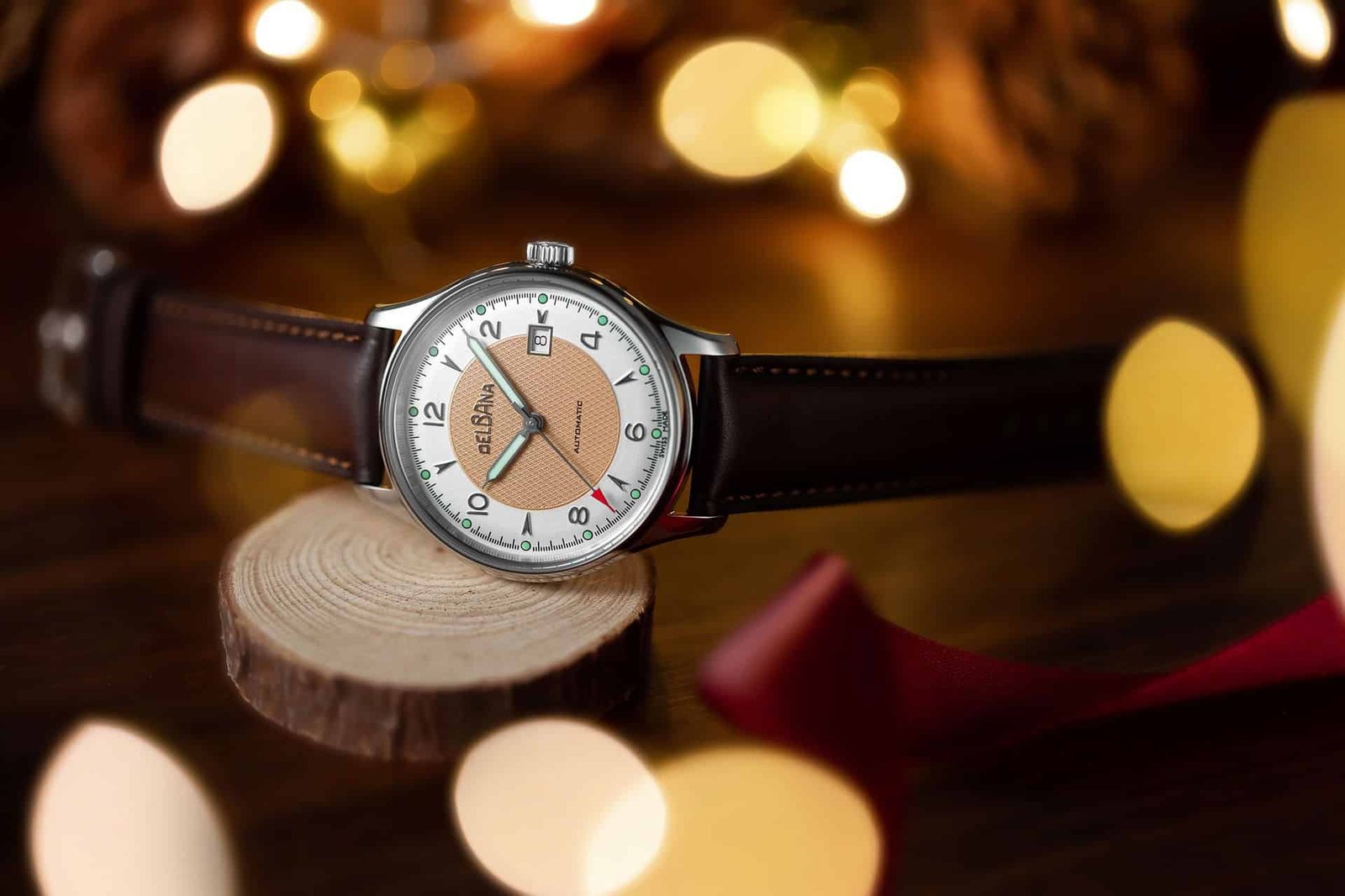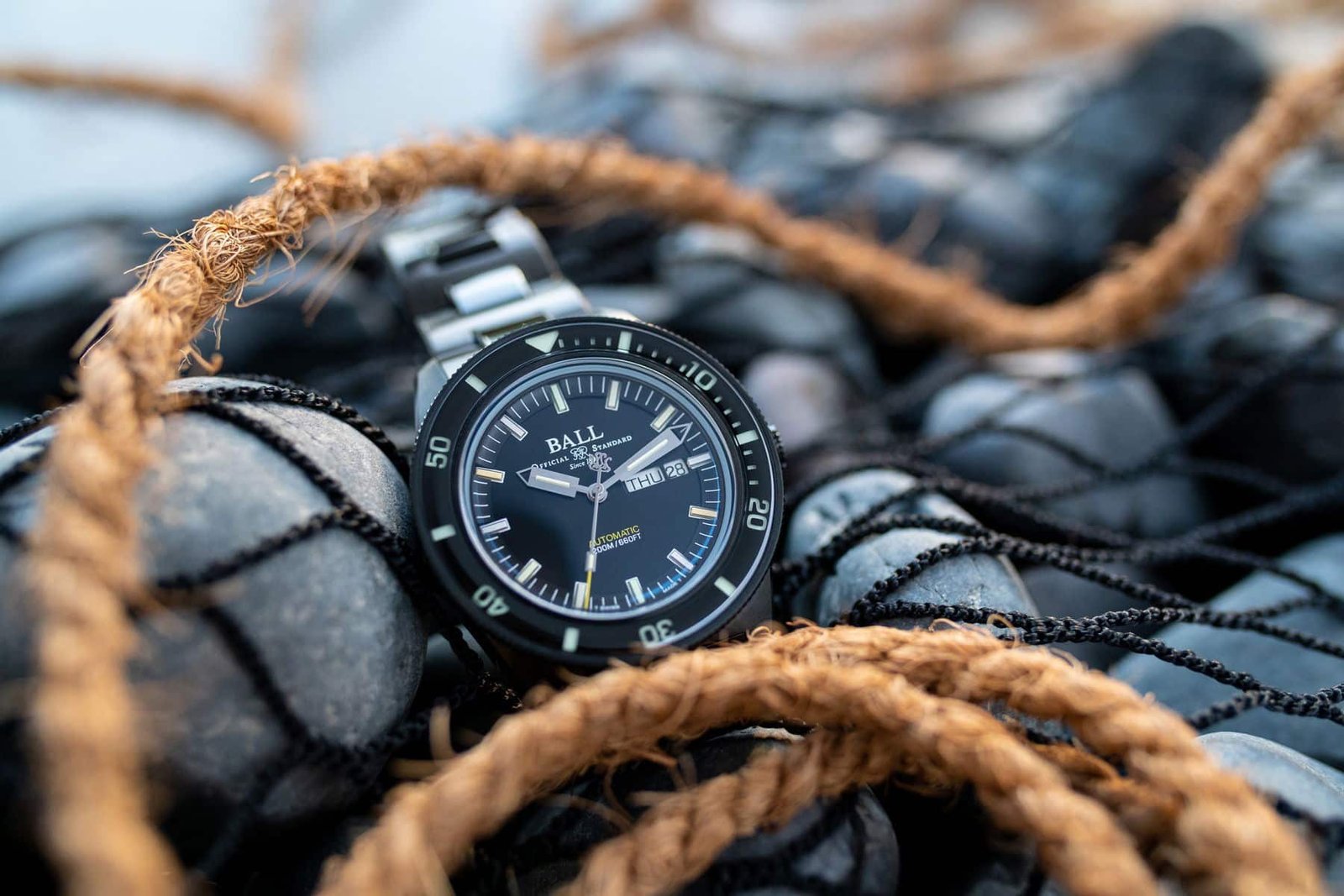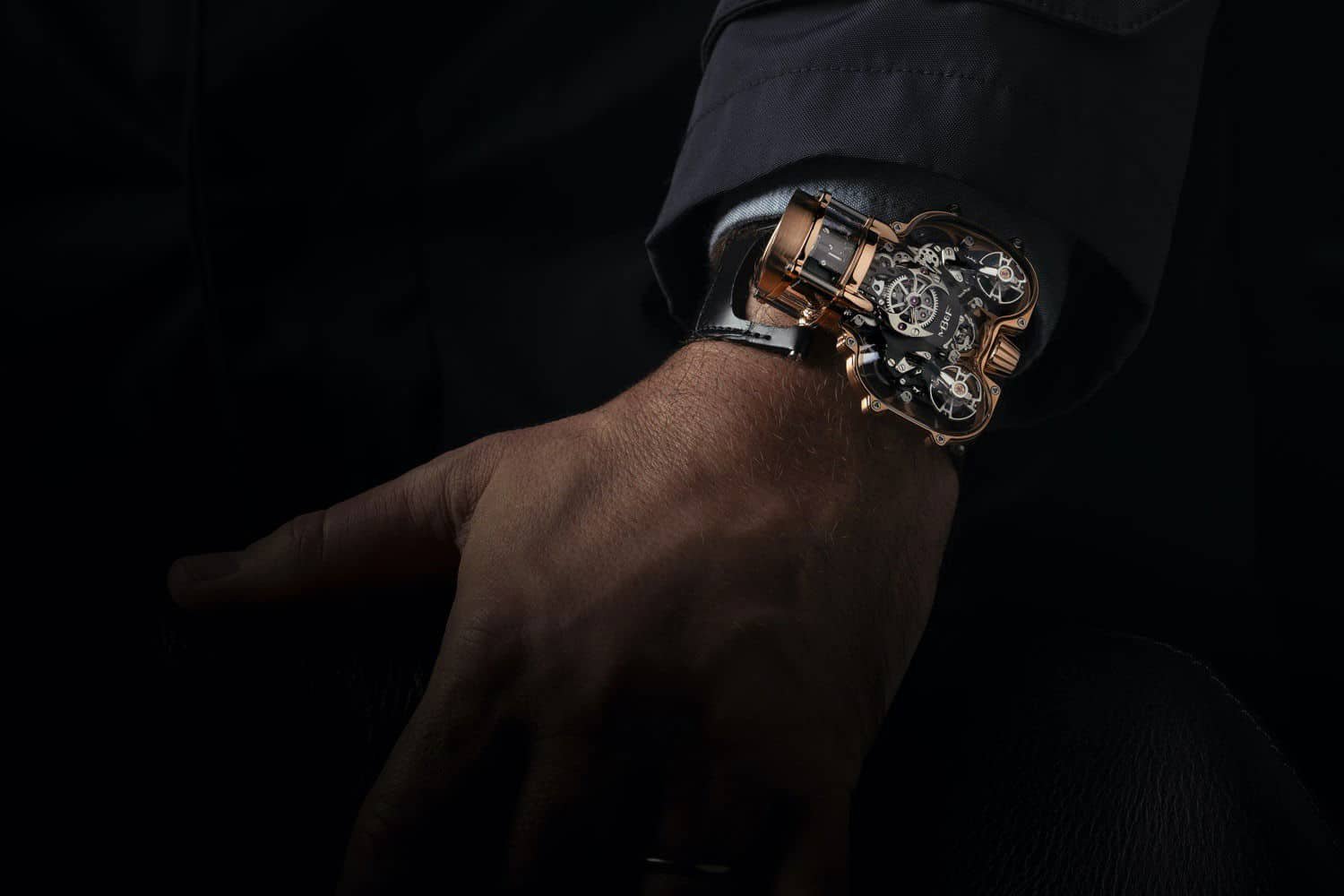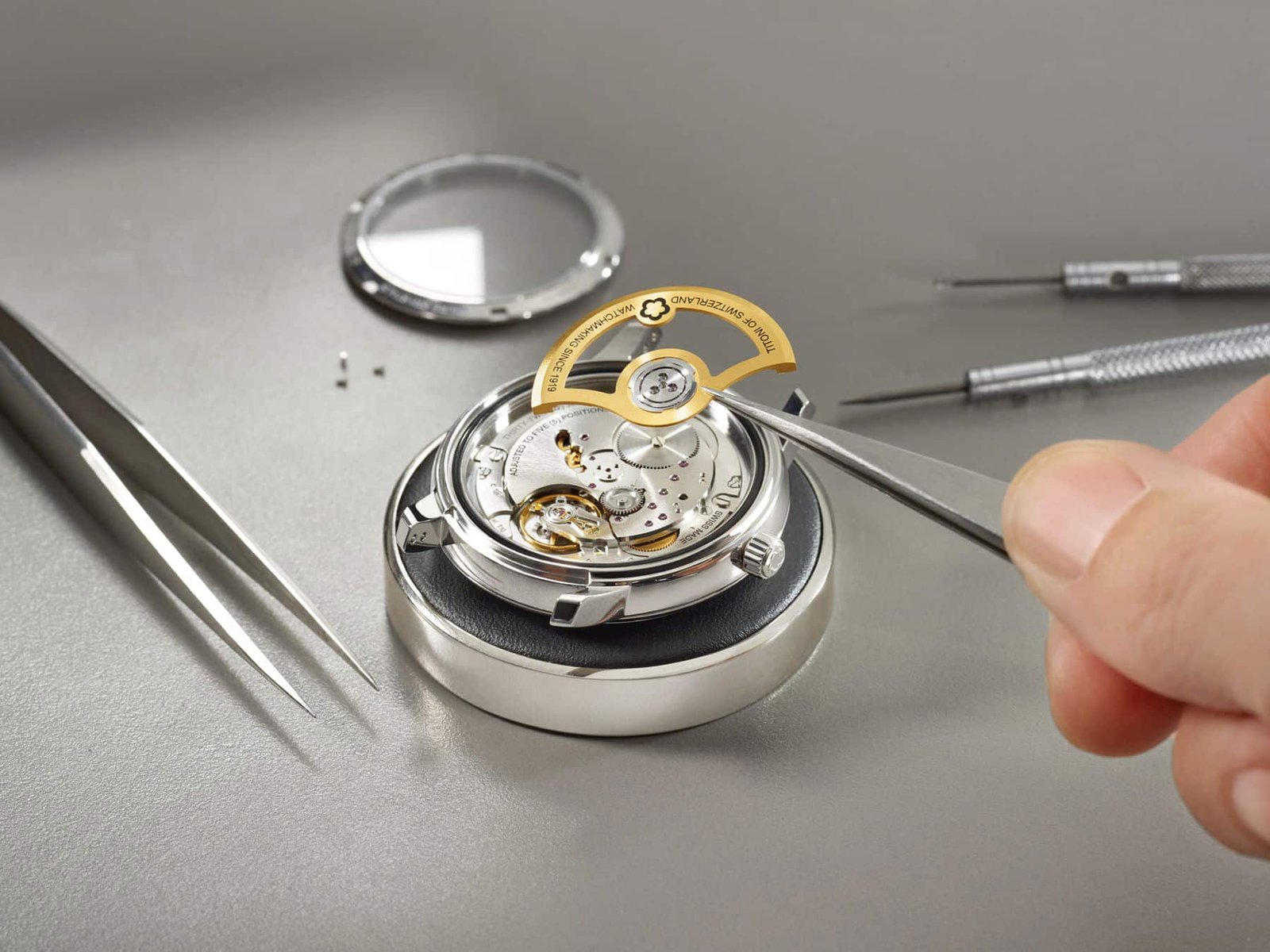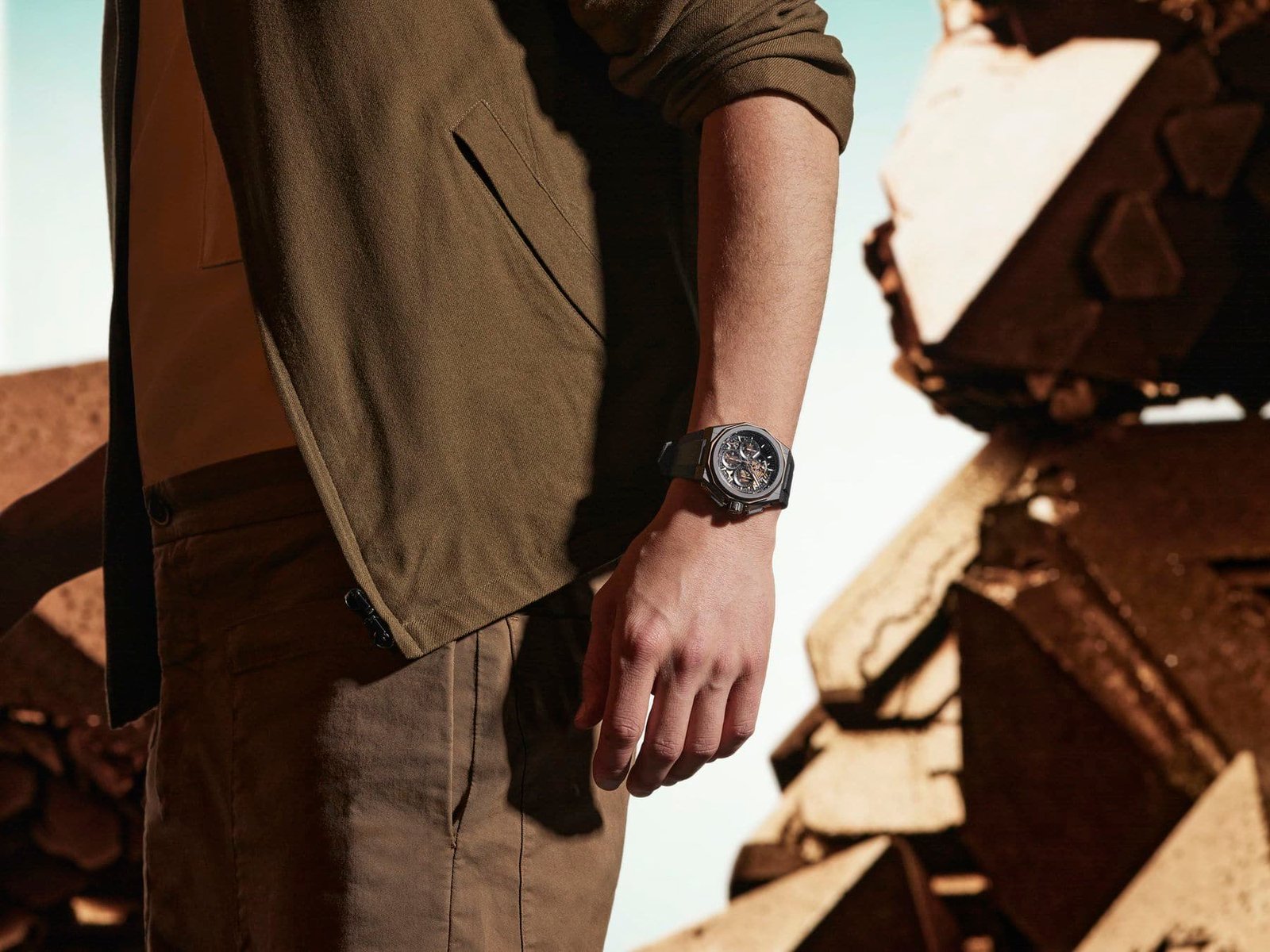A movement is the engine of the watch, which actually makes the functions of the watch, such as the hour and minute hand turn. A lot of watch companies buy their movements from specialized movement makers. Some brands will adapt and personalize these movements. Then there are the brands that will make their own movements without using any outside sources, these are called Manufacture movements or in-house movements.
Automatic Movement
An automatic movement is a mechanical movement made of parts like gears and balance wheels. A watch with an automatic movement is often called self-winding as this type of watch has a rotor, or oscillating mass, that rotates when you move your wrist, winding the watch. The rotor is a half-circle weight in metal, attached to the movement that can swing 360 degrees freely. With the movement of your wrist, it turns, which winds the mainspring giving the watch energy. Once the mainspring is fully wound the rotor will stop winding the watch. If you do not wear your watch for some time, the watch will stop and you will need to manually wind it to get it started again.
How Does an Automatic Movement Work?
- When you move your wrist the rotor turns, which will wind the mainspring.
- The gear train transfers this energy to the escapement.
- The escapement distributes this energy to regulated parts.
- This energy is used by the balance wheel which beats back and forth at a constant rate.
- Every certain number of beats the dial train will transfer the energy to the hands of your watch.
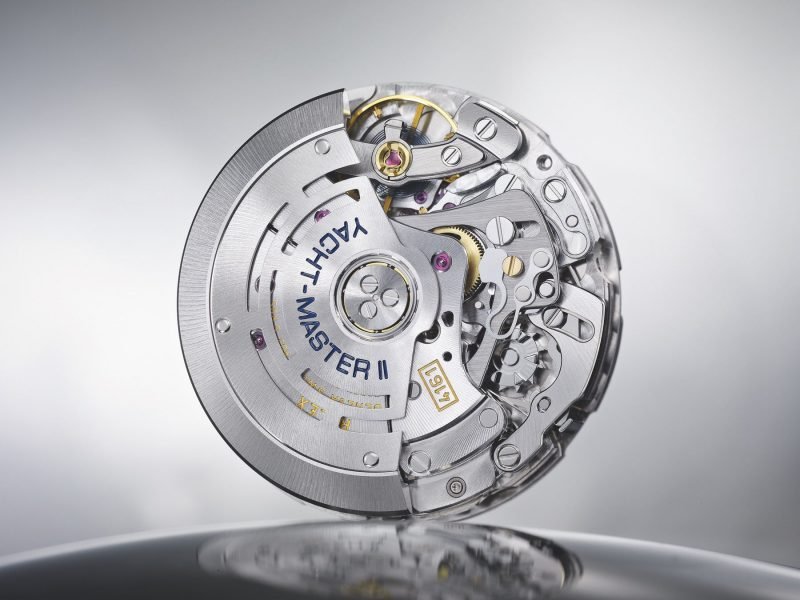
Manual Movement
A manual movement is often called a hand-wound movement, as it needs you to manually turn the crown to wind it. The crown replaces the function of the rotor in an automatic or self-winding watch. The time between winding will depend on the power reserve of that specific movement and normally ranges anywhere between 35 and 70 hours. It is important to stop winding as soon as you feel the slightest tension or you can damage the movement. It is also advised to take your manual watch off before winding the crown.
How does a Manual Movement Work?
- When you turn the crown it winds the mainspring which results in stored energy.
- The gear train transfers this energy to the escapement.
- The escapement distributes this energy to regulated parts.
- This energy is used by the balance wheel which beats back and forth at a constant rate.
- Every certain number of beats the dial train will transfer the energy to the hands of your watch.
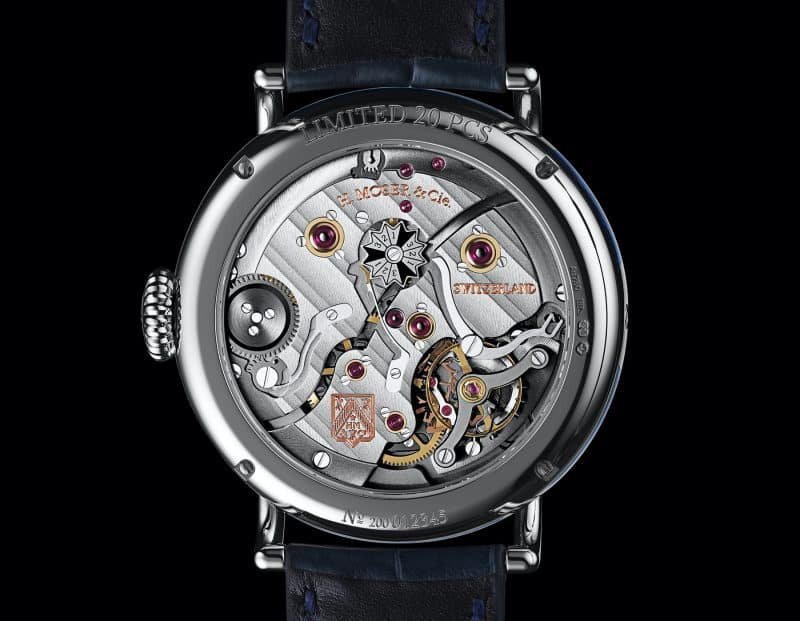
Quartz Movement
A quartz watch uses a battery and does not need winding as a mechanical timepiece does. The battery supplies electricity to the quartz crystal, causing the quartz to vibrate and generate voltage to power the watch. The battery on a quartz watch typically lasts between one to two years and is easily replaced in most watch stores. It is important to take the battery out of your quartz watch as soon as it dies or you run the risk of the battery leaking and damaging the movement. The quartz movement is the most precise movement available on the market.
How Does a Quartz Movement Work?
- Electricity is carried from the battery to the quartz crystal via the integrated circuit.
- The electricity makes the quartz crystal vibrate at a rate of 32,768 per second.
- These electrical pulses are sent via the integrated circuit to the stepping motor.
- The stepping motor sends every 32,768th electrical pulse to the dial train.
- The dial train makes the hands on the watch advance.
